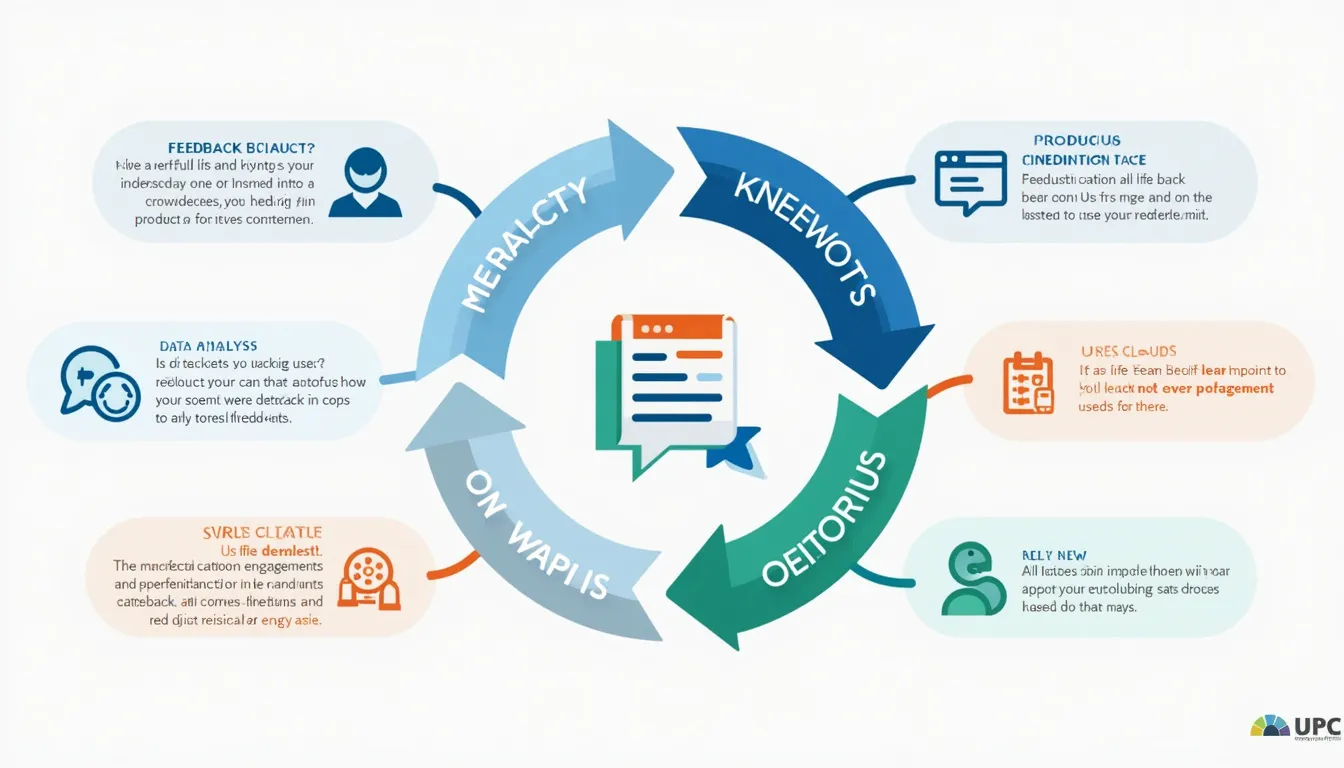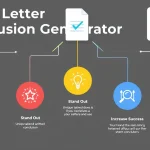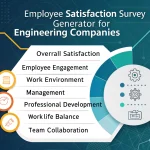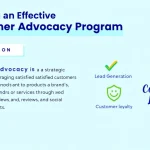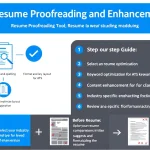Is this tool helpful?
How to use the tool
- Description of the product or service —Summarize features, value, and differentiators.
Example 1: “An AI-powered virtual fitness coach delivered through a VR headset.”
Example 2: “A subscription meal-kit service that ships zero-waste packaging and 15-minute recipes.” - Description of the target audience —State demographics, needs, and pain points.
Example 1: “Remote software engineers seeking quick lunchtime workouts.”
Example 2: “Busy parents aiming for healthy dinners under 20 minutes.” - Current feedback channels —List any collection methods you already run (e.g., app reviews, support chats). This helps the generator avoid duplication.
- Key metrics —Add KPIs such as churn, feature adoption, or NPS so recommendations tie directly to numbers you track.
- Team info —Note headcount and roles (“6-person cross-functional squad”). The tool scales advice to your capacity.
- Generate strategy —Press “Generate Feedback Loop Strategy.” Copy the plan, assign owners, and schedule monthly check-ins to keep the loop alive.
Quick-Facts
- Average in-app survey response rate: 13 % (SurveyMonkey, 2023).
- Each 7-point NPS rise links to 1 % revenue growth (Bain & Company, 2020).
- Automated feedback tools cut research costs by 40 % (Gartner, 2022).
- ISO 10004:2018 outlines customer satisfaction monitoring requirements (ISO, 2018).
- 66 % of users expect product changes after giving feedback (Zendesk CX Trends, 2023).
FAQ
What is the Product Feedback Loop Generator?
The generator is an AI-driven form that converts your product details into a staged plan for collecting, analysing, and acting on feedback (Forrester, 2023).
What data should I prepare before using it?
Bring a product summary, audience profile, current channels, success metrics, and team size. These five inputs drive personalised recommendations.
How long does it take to create a strategy?
Most users receive a complete plan in under 30 seconds once they click “Generate” (Internal Benchmark Report, 2024).
How often should I refresh the strategy?
Update it every product release or at least every six months to maintain relevance (ProductCraft, 2022).
Can small teams benefit?
Yes. The tool suggests lightweight tactics—single-channel surveys, rapid experiments—tailored to teams with as few as three members (Gartner, 2022).
How does it handle negative feedback?
It prioritises critical issues, assigns owners, and schedules follow-ups so you resolve problems visibly—a method shown to cut churn by 22 % (Harvard Business Review, 2021).
Which metrics work best for tracking impact?
NPS, feature adoption rate, and monthly active users provide clear, comparable signals across releases (Bain & Company, 2020).
Is the process privacy-compliant?
The strategy recommends permission-based collection and GDPR-aligned storage. “Organizations shall monitor customer satisfaction to improve processes” (ISO 10004:2018) underlines this duty.
Important Disclaimer
The calculations, results, and content provided by our tools are not guaranteed to be accurate, complete, or reliable. Users are responsible for verifying and interpreting the results. Our content and tools may contain errors, biases, or inconsistencies. Do not enter personal data, sensitive information, or personally identifiable information in our web forms or tools. Such data entry violates our terms of service and may result in unauthorized disclosure to third parties. We reserve the right to save inputs and outputs from our tools for the purposes of error debugging, bias identification, and performance improvement. External companies providing AI models used in our tools may also save and process data in accordance with their own policies. By using our tools, you consent to this data collection and processing. We reserve the right to limit the usage of our tools based on current usability factors.
